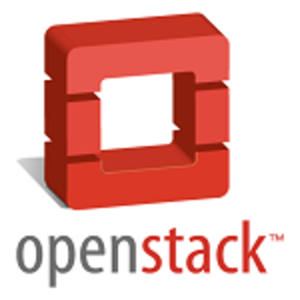OpenStack continues to gain momentum with a code release today called Bexar, which includes a number of new features that are making it a serious, viable alternative to proprietary virtualization platforms.

Of significant note is OpenStacks’s continued acceptance by large vendors. As part of the Bexar release, names for the Texas county, Cisco has joined OpenStack along with Canonical, Extreme Networks and Grid Dynamics.
Most significant, though, is the support for networking and virtualization platform with automatic configuration and portability between OpenStack cloud environments. The additions allow for streamlining of the installation process and the ability for users to pre-install and create their own application environments.
The full list of features in OpenStack Compute include support for:
- IPv6
- Hyper-V
- iSCSI with XenAPI
- XenServer snapshots and raw disk images
According to the OpenStack blog, the object storage release includes:
- Large objects (greater than 5 GB) can now be stored using OpenStack Object Storage. Introducing the concepts of client-side chunking and segmentation now allows virtually unlimited object sizes, limited only by the size of the cluster it is being stored into.
- An experimental S3 compatibility middleware has been added to OpenStack Object Storage.
- Swauth is a Swift compatible authentication and authorization service implemented on top of Swift. This allows the authorization system to scale as well as the underlying storage system and will replace the existing dev_auth service in a future release.
There is also a sub-project code-named Glance, an image discovery
and delivery service that enables portability of workloads between OpenStack clouds.
The new release shows the impact cloud management technologies are having on the development of OpenStack. It is providing the automation capabilities for scaling open cloud environments. With that capability and open virtualization, OpenStack is becoming an alternative to proprietary environments
But will the momentum continue? There is a long way to go but this latest release shows that OpenStack is now a viable cloud platform, said George Reese, founder of enStratus in an interview today.
It also shows that OpenStack could be a viable alternative to VMware’s vCloud Director, Reese said. He said he is seeing customers who are looking for alternatives to vCloud Director. OpenStack may fit the bill.










